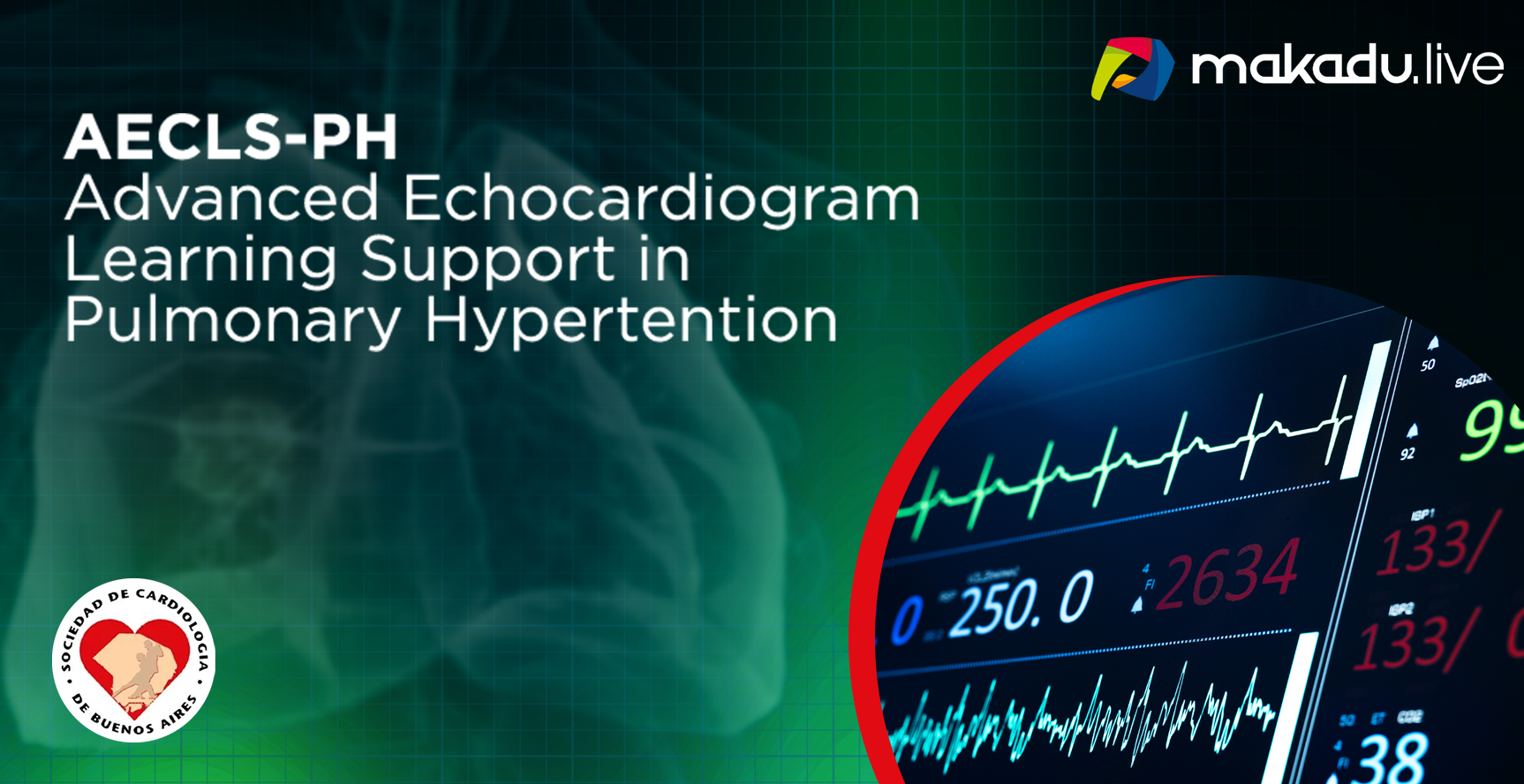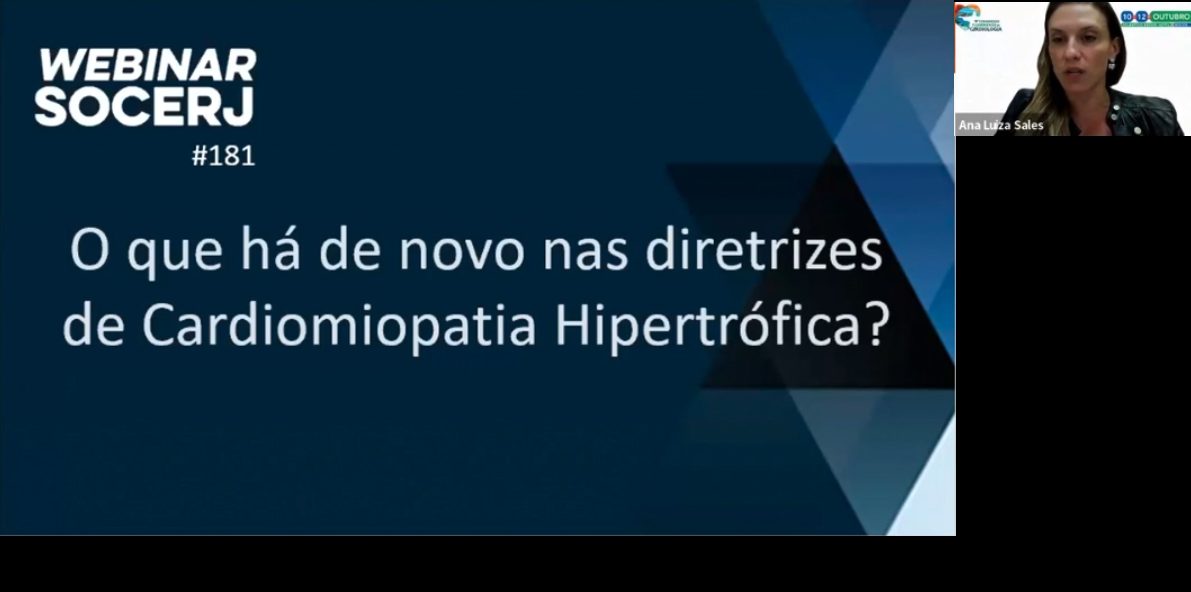Artigo
Imaging of the left atrium: pathophysiologyinsights and clinical utility
Introduction
Recent clinical research interest in imaging of the left atrium (LA) has been driven by several developments:
• Recognition of LA remodelling and functional abnormalities as a bellwether and mirror of primarily left ventricular diseases, such as hypertension, heart failure, cardiomyopathies, and others. This was first demonstrated by identifying LA enlargement as a risk factor of future adverse events, perhaps most prominently in the Framingham Heart Study.
• The rise of incidence and prevalence of atrial fibrillation (AF) in an ageing population, together with the emergence of percutaneous (or minimally invasive) interventional AF ablation procedures targeting primarily the ostial portion of the pulmonary veins.
• The introduction of percutaneous LA appendage (LAA) closure as a tool to minimize embolic stroke risk in AF patients unsuitable for anticoagulation.
• The increasing availability of cardiac computed tomography (CT) and cardiovascular magnetic resonance (CMR) with their superior spatial resolution (CT) and tissue characterization abilities (CMR), supplementing echocardiography as the workhorse of routine LA assessment.
Thus, a confluence of secular changes in population age and cardiovascular morbidity distribution, improved interventional options, and
enhanced imaging options has brought the LA into the focus of cardiovascular research. In the following, we will provide a brief update
on the most important recent insights in this field, while deferring specifics of CMR imaging and peri-interventional imaging to the corresponding parallel review articles in this Focus issue.
Compartilhar em:
Comentários
Cursos Relacionados
0
Conteúdos Relacionados
Comentários
Deixe um comentário Cancelar resposta
Você precisa fazer o login para publicar um comentário.









